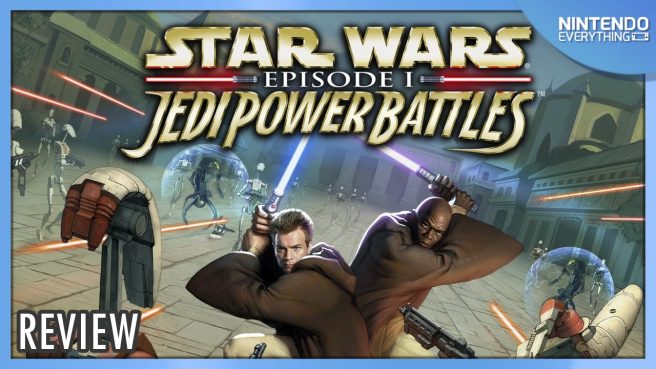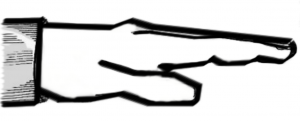Star Wars: Episode I: Jedi Power Battles review for Nintendo Switch
System: Switch
Release date: January 23, 2025
Developer: Aspyr
Publisher: Aspyr
A long time ago, in a galaxy far, far away, many of the long-standing franchises that now dominate the industry were either still in their infancy, or hadn’t even been conceived yet. Consequently, there was significantly less choice for the young gamer when compared to modern times. But one thing we did not suffer from a lack of, and which filled that empty void, was movie tie-ins. With the release of The Phantom Menace, there were few franchises as ripe for exploitation on this front as Star Wars, and over the course of the mid-to-late-2000s we were bombarded with video game adaptations and spin-offs of the still highly divisive prequel trilogy. Star Wars: Episode I: Jedi Power Battles is an unfortunate example of the less civilized part of that age.
This iteration of Jedi Power Battles is based on the console version of the title, rather than the Game Boy Advance version, which was far less impressive from a visual and technical standpoint and would likely have made the transition to consoles in a significantly worse state, although having it included as an extra would have been nice. Nonetheless, Aspyr has given us almost entirely unrestricted access to everything this version of the game has to offer from the beginning: all ten main stages and four bonus stages are open from the start, and you can play as any of the characters that featured in the original releases, including the secret characters.
This won’t mean much for newcomers, but for returning players it will no doubt come as a relief that you won’t need to play the game through multiple times with different characters to unlock every other character and stage, and can begin immediately carving up battle droids as Darth Maul (complete with double-bladed lightsaber this time) if you choose. The option to play as Ki-Adi Mundi for those who didn’t play it on the Dreamcast is a nice added bonus. Unless you played both versions of the original title there is something new here to experience, making this feel like a complete release that goes above and beyond just preserving one specific version of the game.
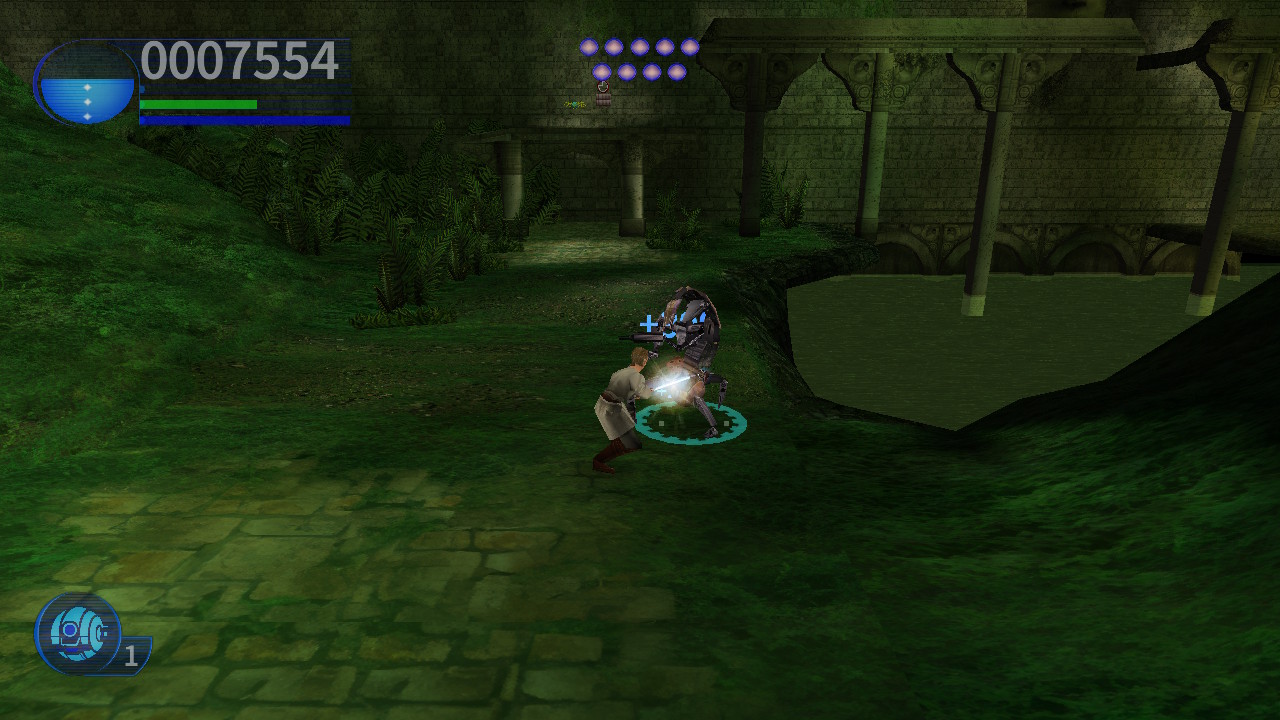
Even if you did play both the original versions of Jedi Power Battles, Aspyr also included a new roster of secret characters to unlock and made some added aesthetic changes to existing ones that, although they don’t affect the quality of the gameplay in any significant way, are a nice nod to continuity that make this feel like a more complete release; after all, part of Mace Windu’s lasting appeal is his unique purple lightsaber, which didn’t make it into the original release of the game thanks to it releasing before Attack of the Clones. Cheats have also been included to add to that retro charm; it doesn’t give you any particular advantages in combat, but there is something endearing about playing in Big Head mode.
Assuming you decide to play the game from start to finish in order, Jedi Power Battles will take you through key locations from The Phantom Menace in an order adjacent to the events of the film, meaning that you’ll start by escaping from the Trade Federation Battleship, finish on Naboo with a climactic battle with Darth Maul, and visit other memorable locations such as Tatooine and Coruscant in-between. There is some variety of playstyle between characters, although they can be broadly split between the ones that have a lightsaber and the ones that don’t: clearing stages with a character will allow you to level up that character for additional health and force meter for special attacks, and each has their own unique special attacks, but these make very little difference in combat efficiency.
Main stages are a mixture of hack-and-slash and platforming, with the latter being significantly less frustrating than it used to be thanks to modernized controls (although the original control scheme is an option for those whose sense of nostalgia overrides their masochism) and some balance changes that mean you won’t frequently plummet to your doom. There are some stages which demand a level of precision that the game doesn’t quite allow for and can result in some frustratingly unfair falls, but these have now become the exception rather than the rule, and camera angles and clearly visible shadows make this a much easier (albeit extremely dated at this point) experience.
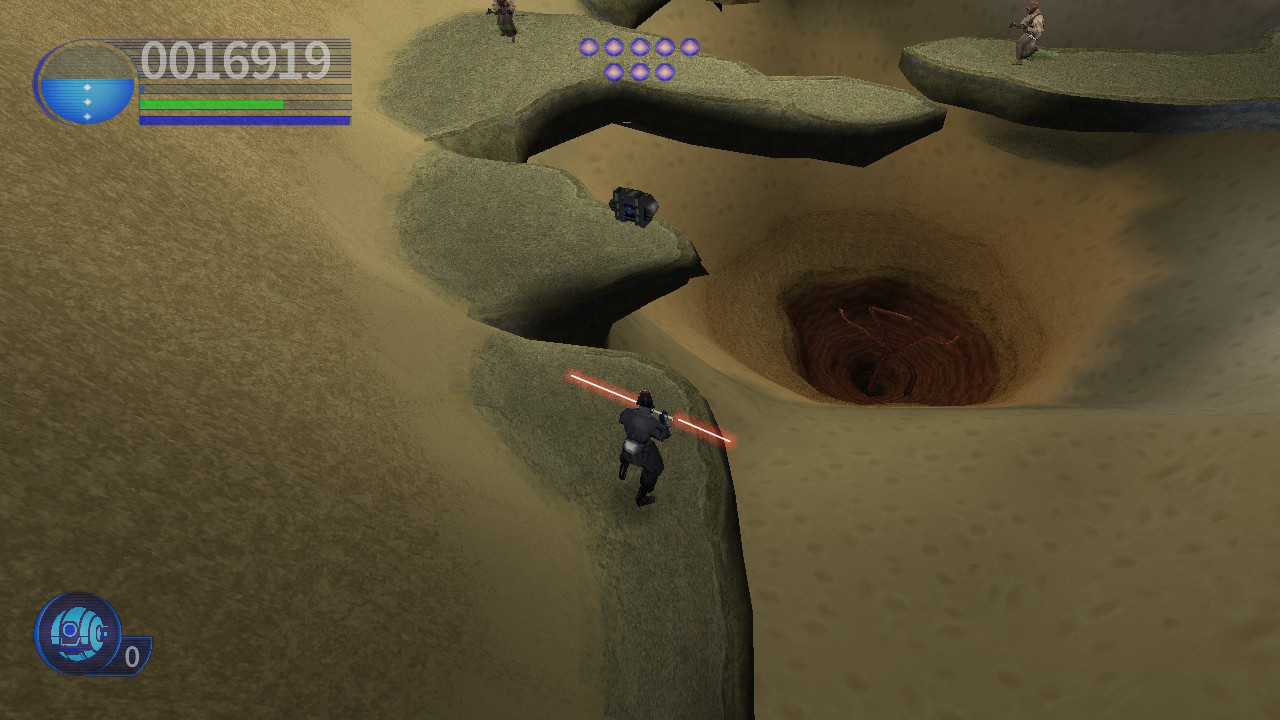
Occasionally Jedi Power Battles will switch things up slightly for a break in the action, including an on-rails shooting stage through the streets of Theed and a time-limited mission which sees you navigating a series of cliffs to rescue pilots as the two most notable highlights. The majority of the experience plays out in a linear fashion, with the variety coming from the stage locales themselves, with all of them feeling delightfully authentic and capturing the essence of their movie counterparts, if not their spirit. The muted, grimy heights of Coruscant, unrelenting browns and yellows of Tatooine, and lush greenery of Naboo, are all well-represented here, and although stages are quite linear and rarely reward you for going off the beaten path, for fans of the movies the game will inspire a desire to explore.
These are all accompanied by segments from the film score, although this is ironically a more detrimental effect than a positive one. As fantastic as Duel of the Fates is, hearing the same segment on loop for the third or fourth time, only to have it suddenly transition to part of Passage Through the Planet Core once enemies are gone, is a little obnoxious, and doesn’t enhance the experience in quite the way that the developers clearly intended it to. Although the iconic hum of lightsabers, piercing whine of blaster fire, and cheeky Yoda chuckle that accompanies picking up an item, health boost, or power-up are all much more pleasant to the ears.
Unfortunately, although movement and platforming have seen significant improvements, the same cannot be said of combat, which is a mind-numbing, button-mashing affair that often boils down to beating through your opponent’s inexplicably impenetrable guard and killing them before they can kill you. This can become problematic when you will always face multiple enemies at once, and several will often hang back to bombard you with blaster shots or occasionally missiles whilst you try to deal with the ones in front of you. You can execute a variety of combo attacks as a lightsaber user, but these all feel equally ineffective when it comes to actually producing results and more for the sake of pushing more than one button, and the various Force powers your characters have access to either activate too late or not at all when you try to execute them, and their being tied to a Force bar, giving you only two or three uses at most before it depletes, only serves to make them feel all the more futile to attempt. A well-timed block with your lightsaber will send blaster bolts back at your attacker, which is by far the most satisfying element of combat, but many enemies will fire multiple shots at once, and the game simply will not let you parry them all.
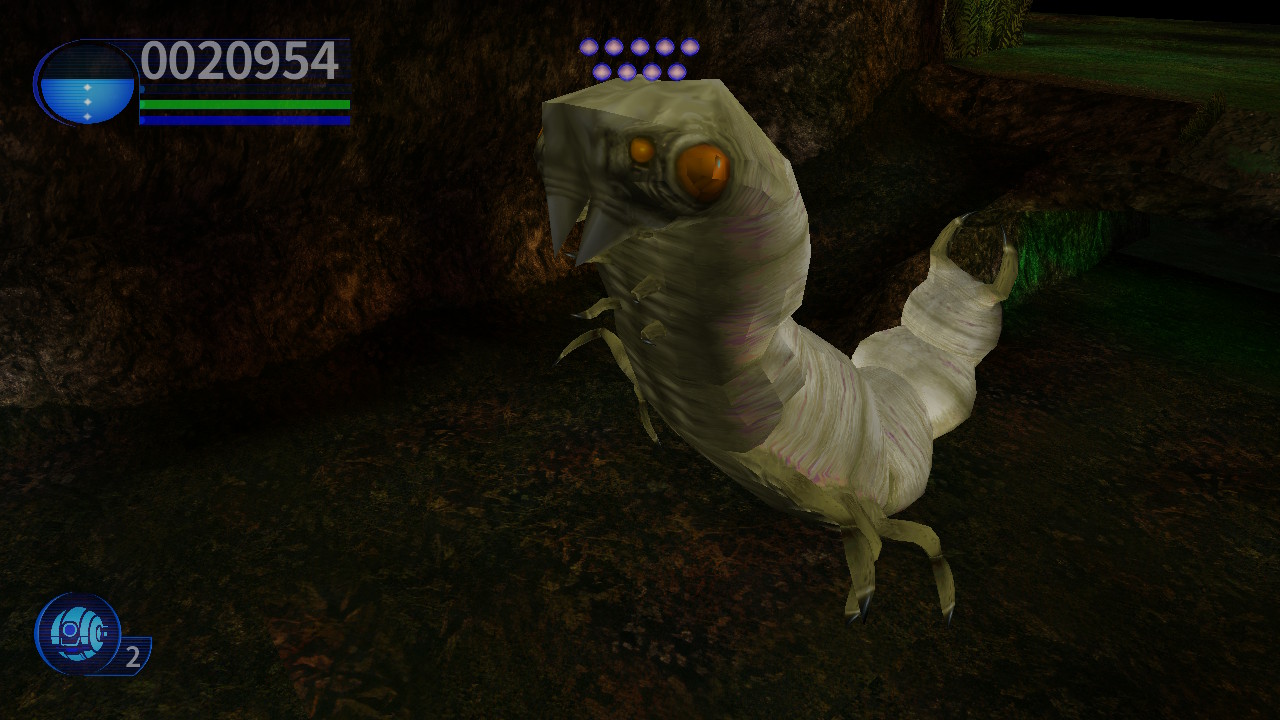
The PS1-era jank is also extremely strong with this one: expect to see your character’s feet disappear into the scenery, get a close-up view of the polygonal inside of a wall, and for bosses to teleport into different positions at random, amongst other things that you will no doubt become intimately acquainted with by the time the game is over. None of these are particularly game-breaking, but they are often extremely frustrating. For some this is going to be a charming reminder of how games used to be, but for many it is likely to have the opposite effect, and considering the general quality of Aspyr’s remasters up to this point, and the company’s efficiency at eliminating the more detrimental glitches and jank, it’s disappointing to have it feature so prominently in Jedi Power Battles. In boss battles in particular it’s difficult to know if your attacks are actually connecting or how much damage they’re doing until they suddenly die from your onslaught, or they manage to kill you thanks to some extremely poor hitboxes and your character’s general unwillingness to respond to your frantic button-mashing in a timely fashion.
Jedi Power Battles has of course received a visual tune-up to make it more palatable to the eyes, and the effect is just as impressive here as it always has been in PS1 remasters in particular. Textures are sharper and backgrounds are more detailed, character models are distinct (although they still look extremely dated given the lack of recognizable facial features to make them look like their movie counterparts) and special effects and lighting are generally more satisfying. But it would be fair to say at this point that this is the bare minimum to expect, and what stands out far more is the lack of additional features and extras that has made Aspyr’s remasters such high quality experiences in the past: there is noticeably no toggle option for the visual improvements, and the behind-the-scenes content is disappointingly lacking.
The Verdict
Star Wars: Episode I: Jedi Power Battles is, to be fair, a very old game at this point, and the case could be made that even at the time of its release it wasn’t one of the better movie tie-ins; if it was, it would have no doubt received a remaster much sooner. Aspyr has certainly crafted the definitive way to experience the game, but the notable lack of improvements and extras when compared to their other PS1 remasters make this release feel far less impressive, and only serve to highlight its flaws. Unless you’ve played it before and want to recapture your youth or have a friend who is prepared to suffer through it with you, it’s difficult to recommend, especially when there are significantly better remastered Star Wars video games available.
A copy of Star Wars: Episode I: Jedi Power Battles was provided by the publisher for the purpose of this review
